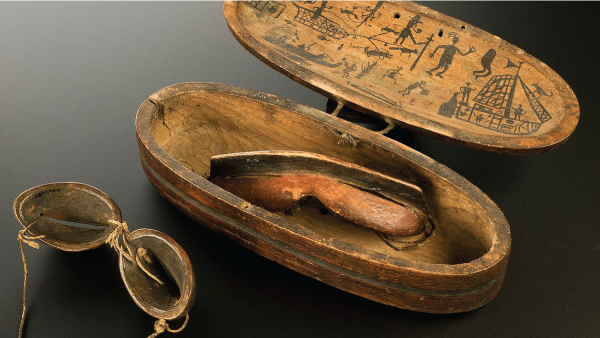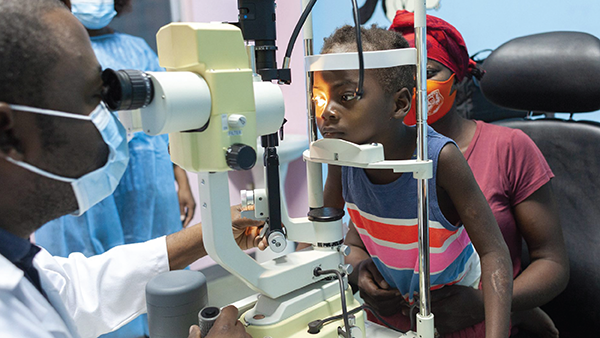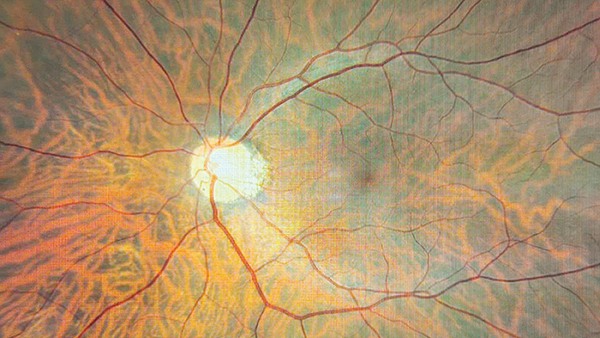Rapid Rod Recovery: Gene Therapy for Leber Congenital Amaurosis
Gene augmentation increases night vision in individuals with congenital blindness
Leber congenital amaurosis (LCA) is a rare retinal dystrophy that causes blindness or severe visual impairment at a young age. The condition stems from a GUCY2D gene mutation that causes a molecular defect in the production of cyclic GMP, a critical messenger of phototransduction. Without phototransduction, the process of vision cannot be initiated. LCA has long been considered untreatable and incurable – and it was these properties that prompted researchers from the University of Pennsylvania’s Scheie Eye Institute to use adeno-associated virus (AAV) gene therapy in a revolutionary study that restored the night vision of individuals with LCA in a matter of days (1).
Two people with GUCY2D-LCA, a 19-year-old man and a 32-year-old woman, were confirmed to have a severely reduced amount of rod photoreceptor-based night vision before intervention. A high dose of subretinally injected AAV gene therapy containing the wild-type version of the gene was delivered in one eye for each patient. Within days of treatment, night vision was restored in the treated eye and the patients’ functional vision increased 1,000-fold – nearing healthy rod vision. The patients became more receptive to light in low-light conditions and, in a test of room navigation skills using different lighting, one patient revealed that dim lighting offered more contrast and an ability to discern the details of large objects. The other patient also noted improved night vision and an increased ability to “make out objects and people in the dark (2).”
Samuel G. Jacobson, coauthor of the paper, said, “These exciting results demonstrate that the basic molecular machinery of phototransduction remains largely intact in some cases of LCA (2).” The quick recovery of rod photoreceptors indicates that, even after years of dormancy, visual pathways can be functionally restored with the addition of wild-type GUCY2D through gene augmentation. Although this proof-of-concept study involved only two patients, a larger clinical trial is ongoing. The researchers hope that the future will see a larger focus on gene therapy in GUCY2D-LCA patients with severe rod-based dysfunction.
This article first appeared in The Ophthalmologist.
The New Optometrist Newsletter
Permission Statement
By opting-in, you agree to receive email communications from The New Optometrist. You will stay up-to-date with optometry content, news, events and sponsors information.
You can view our privacy policy here
Most Popular
Sign up to The New Optometrist Updates
Permission Statement
By opting-in, you agree to receive email communications from The New Optometrist. You will stay up-to-date with optometry content, news, events and sponsors information.
You can view our privacy policy here
Sign up to The New Optometrist Updates
Permission Statement
By opting-in, you agree to receive email communications from The New Optometrist. You will stay up-to-date with optometry content, news, events and sponsors information.
You can view our privacy policy here









